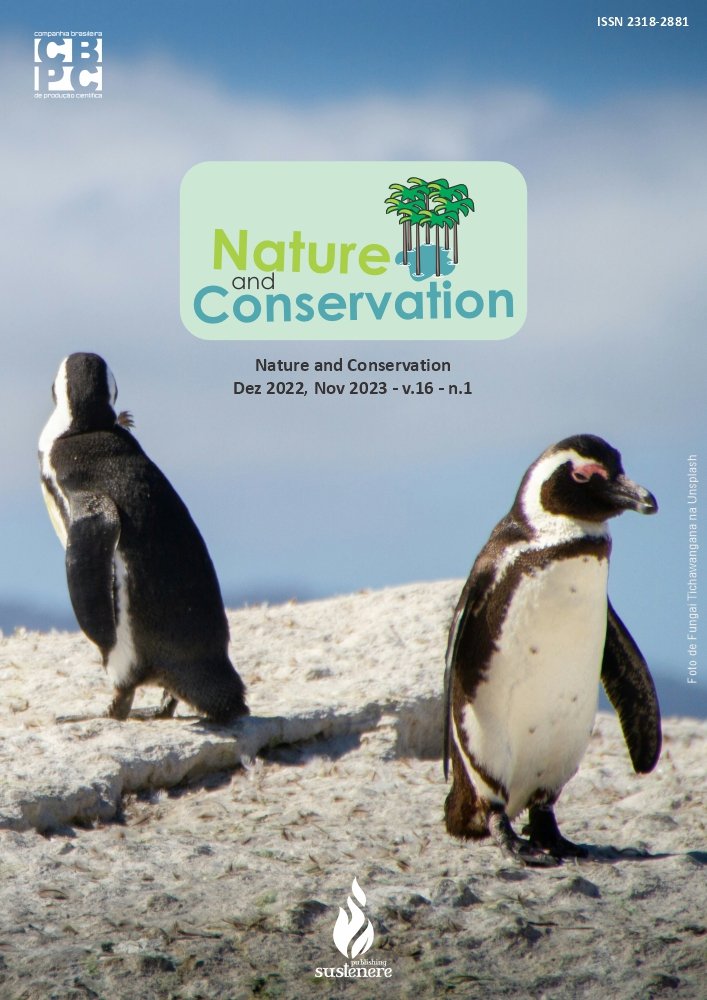Agents and processes of interference, risk, impact and environmental damage: hydrological cycles and water collections
DOI:
https://doi.org/10.6008/CBPC2674-6492.2022.002.0003Keywords:
Climate, Environment, Water, Impact, DamageAbstract
As a result of the disorderly development of civilizations, the environment has suffered serious alterations in its terrestrial, atmospheric, climatic, and aquatic systems. The consequences of such environmental impacts lead to setbacks for the progress of human civilization, and in this sense, the search for practical measures that aim to ensure the balance between the existing relationships between man and the environment is crucial. That said, given the importance of water resources for human subsistence and for the continuity of life on Planet Earth, it is necessary to investigate the exacerbated exploitation of water collections by humans and to broadly assimilate the effects of its damage to aquatic ecosystems from economic, social, cultural, and environmental perspectives. Thus, environmental studies have been widely developed around the globe, seeking to monitor the physical-chemical and microbiological quality of water in order to ensure the water safety of its use. Thus, the present work proposes to contribute to the increase of environmental solutions aimed at the preservation and conservation of water bodies, under the climatic perspective. From an intense bibliographical research on the main agents of climatic influence and their environmental repercussions, under the microclimate, the mesoclimate and the macroclimate, it was revealed the intrinsic relationship existing between human activities and their effects, especially on climatic alterations, the terrestrial, atmospheric and hydric environments. Thus, if the current productive model is not overcome, it may cause serious damage to the climate of Planet Earth, such as, increase of global average temperature by 0.3% per decade, drastic warming of the earth's surface, unpredictable climate, increase of the average sea level by 6 cm per decade, in addition to, increase of C O2 concentration in the atmosphere, increase of carbon in the atmosphere to 3 Gton per year, increase of methane concentration and increase of NO by 0.25% per year.
Downloads
Published
Issue
Section
License
Copyright (c) 2022 Environmental Scientiae

This work is licensed under a Creative Commons Attribution-NonCommercial-NoDerivatives 4.0 International License.
The CBPC - Companhia Brasileira de Produção Científica (Brazil CNPJ: 11.221.422/0001-03) the material rights of the published works. The rights relate to the publication of the work anywhere in the world, including rights to renewals, expansions and dissemination of the contribution, as well as other subsidiary rights. All electronically published works may subsequently be published in printed collections under the coordination of this company and / or its partners. The authors preserve the copyright, but are not allowed to publish the contribution in another medium, printed or digital, in Portuguese or in translation.






